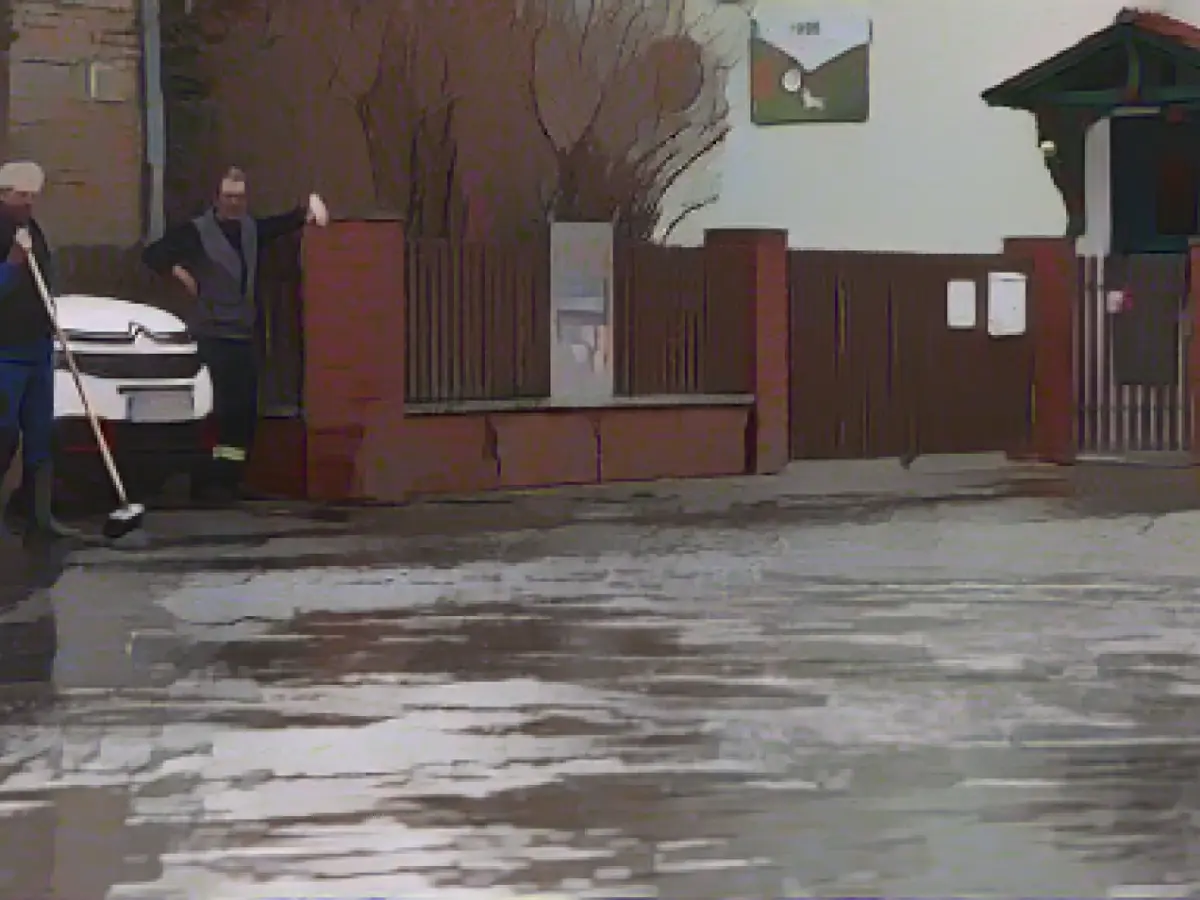Saxony-Anhalt Flood Woes: Rail Disruptions and Alert Levels
The flood situation in Saxony-Anhalt remains precarious as Christmas arrives, with several rivers teetering on the brink of disaster. According to the Saxony-Anhalt Flood Forecasting Center, alert level 3 was reached on Christmas Day, affecting the Ohre in Wolmirstedt, the Salzwedeler Dumme near Tylsen, the Mulde near Golzern, and the Unstrut near Wangen. Alert level 2 was also triggered in several other river gauges across the state, including Halle on the Saale.
Halle Temporarily Closes Saale Paths
In light of the flood situation, the city of Halle temporarily shut down paths along the Saale river to safeguard pedestrians and cyclists. While no evacuation of residential buildings was necessary on Monday afternoon, several streets were left in darkness on Boxing Night as street lighting was switched off. The water levels are expected to decrease over Tuesday, but the forecast suggests a rise on the Elbe and Havel rivers.
Municipalities on High Alert
At alert level 2, cities and municipalities in Saxony-Anhalt establish a control service, while alert level 3 calls for a permanent watch service and action to fortify dykes. At level 4, general public safety, the economy, and the functionality of water management facilities are at risk.
Rainfall Decreases but Tension Remains
While the rainfall levels have dwindled since Christmas, the flood situation in Saxony-Anhalt remains tense, especially on the Elbe and Havel rivers, where alert level 2 was reached. Storms, heavy rain, and unstable weather have also hampered tourism in the Harz Mountains. The narrow-gauge railroads only operated trains as far as Schierke, and the journey to the Brocken was postponed for another day.
Disrupted Railroad Lines
The heavy rainfall of the last few days has disturbed railroad traffic on the line between Hanover and Magdeburg. The Magdeburg-Helmstedt track has suffered washouts, necessitating the rerouting of trains until Wednesday. As a result, IC trains traveling in both directions will be delayed by approximately 30 minutes, and trains are not expected to stop at Peine, Braunschweig main station, or Helmstedt.
Rainfall Totals from the Past 24 Hours
- Stapelburg in Nordharz reported 7 liters per square meter of precipitation between 7 a.m. on Sunday and 7 a.m. on Monday. The previous 24-hour period saw nearly 29 liters.
- The 24-hour rainfall in Wittenberg fell from 20 to 6.5 liters per square meter.
- Freyburg/Unstrut saw 0.8 liters of rain per square meter in 24 hours, down significantly from the 25.5 liters measured in the previous 24-hour period.
Unusually High Rainfall in Schierke
The foot of the Brocken reported high rainfall levels of 27.7 liters per square meter between Sunday and Monday. In the previous 24 hours, 51 liters had been recorded.
* ** Sources:* ** **
Enrichment Insights
- The present flood situation in Saxony-Anhalt, Germany, is not extensively described in the cited sources. However, there are some insights into flood risk management in Germany that could be relevant:
- Climate Change's Impact: Heavy rainfall and storm surges have become more common in Germany due to climate change. These conditions could potentially affect other regions, including Saxony-Anhalt.
- Flood Risk Management Plans: The European Commission has considered the effects of climate change on flood risk in Germany, as part of the second preliminary flood risk assessment. This includes implementing the Water Framework Directive (2000/60/EC) and the Floods Directive (2007/60/EC), aiming to manage flood risks and develop river basin management plans.
- Regional Initiatives: While there is no specific mention of Saxony-Anhalt in the recent flood-related documents, regional initiatives and research projects in Saxony and Saxony-Anhalt focus on environmental and technological advancements, such as sustainable mobility and energy efficiency, which might indirectly help in flood management strategies.
In conclusion, while the current flood situation in Saxony-Anhalt is not explicitly addressed in the provided sources, the region may be affected by similar challenges due to climate change, and ongoing flood risk management plans and regional initiatives aim to mitigate these impacts.








